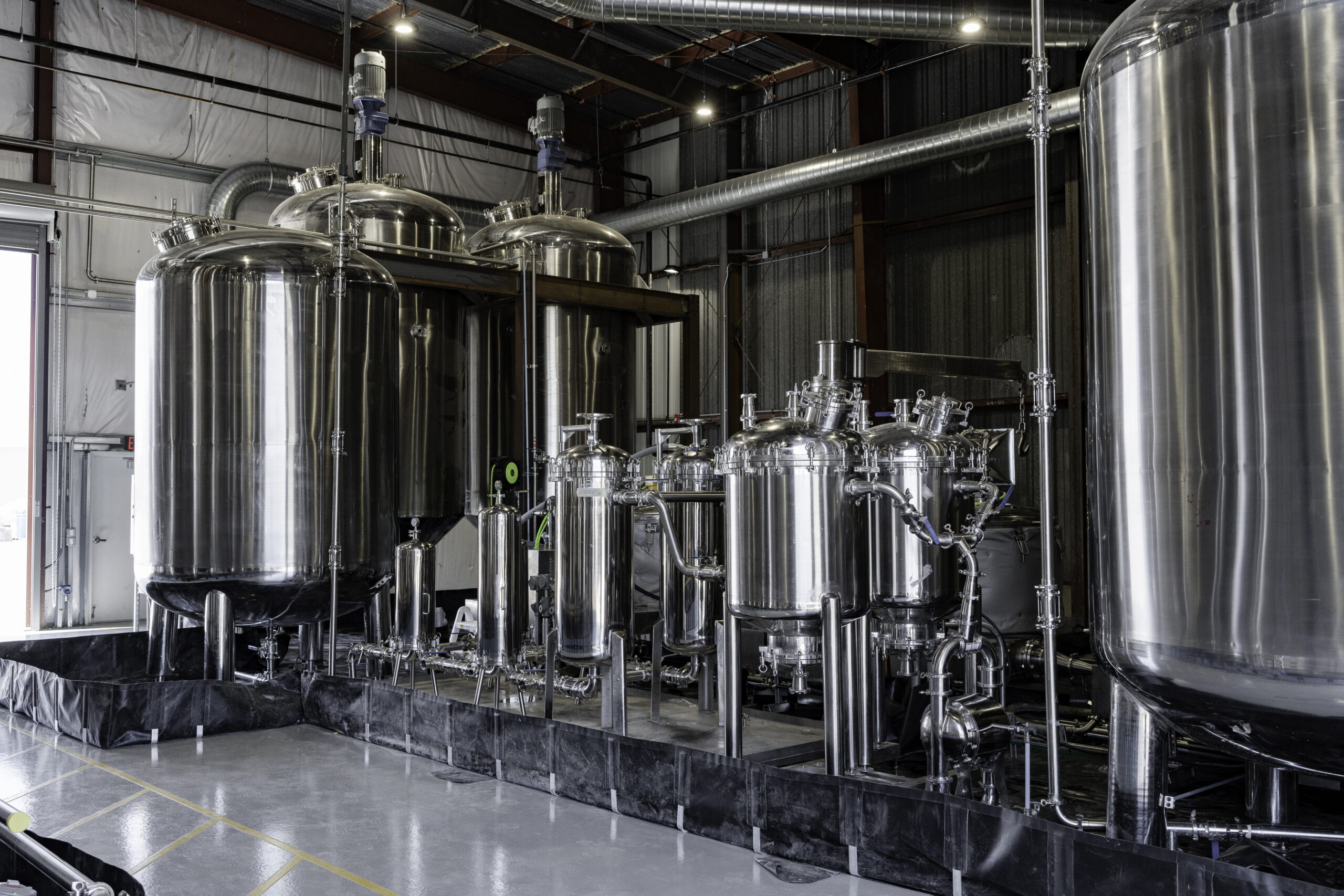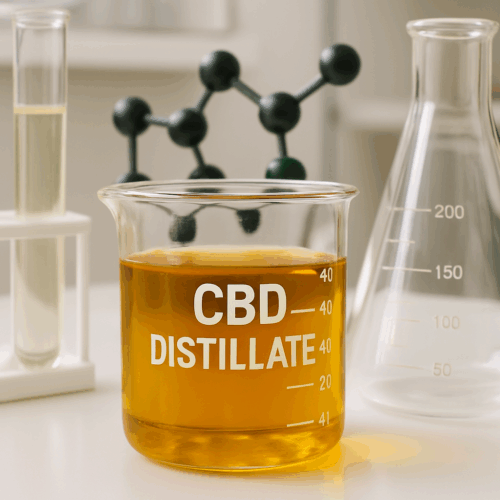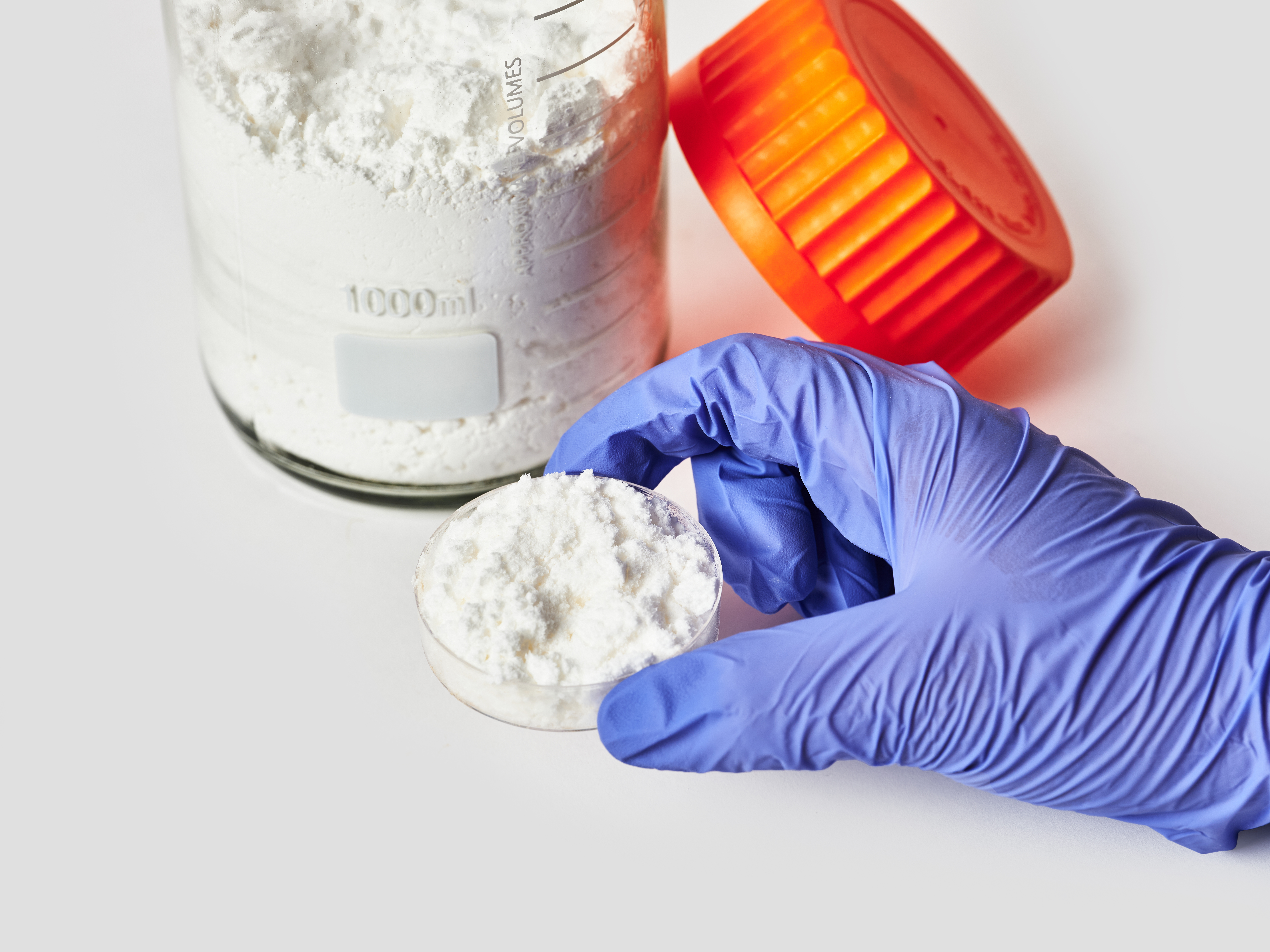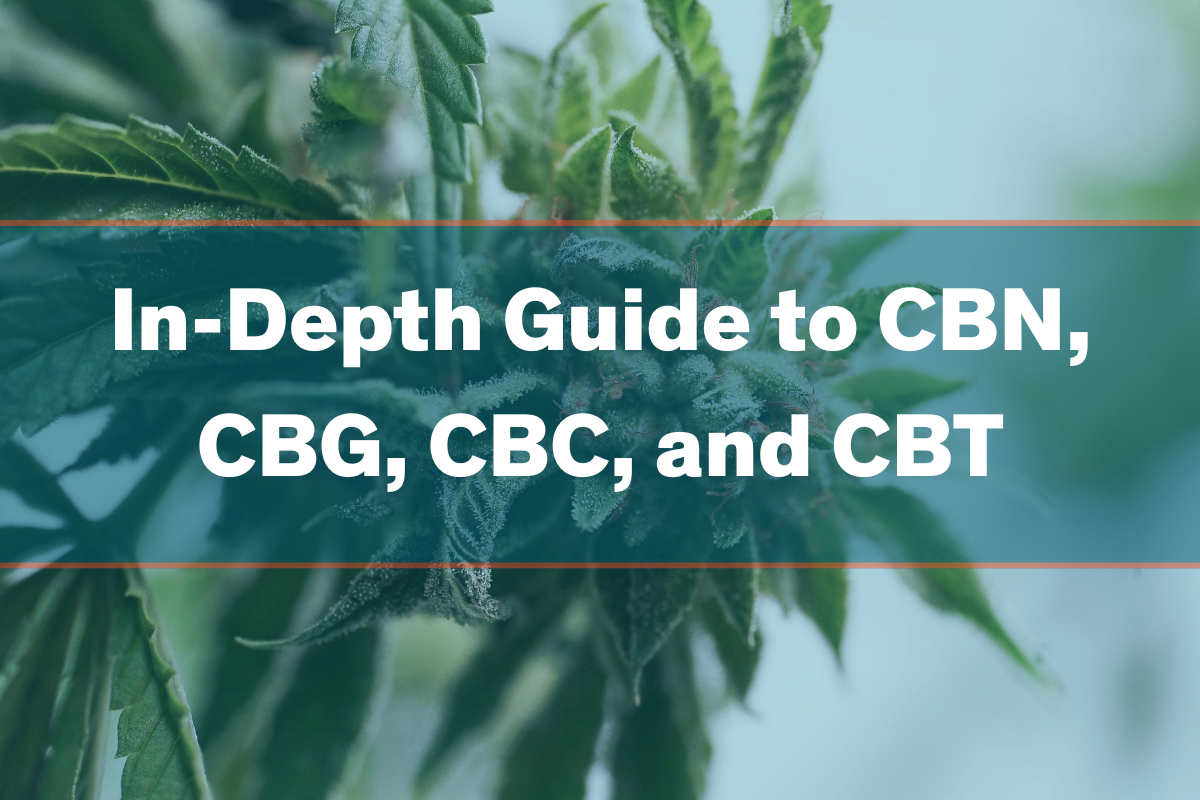One of the first things shoppers notice is that there are lots of different ways to use CBD. Unlike familiar off-the-shelf drugs, which often times come in only one form, CBD is available in a seemingly endless myriad of forms, all with their own benefits and detractors.
Sorting through the various CBD administration methods is essential for producers and consumers alike. Knowledge regarding the various approaches to CBD consumption makes it possible for producers to make high-quality products, and it helps shoppers make educated product choices.
In this guide, we’ll compare and contrast the different ways you can use CBD to determine which option is ideal for your circumstances. By the end, you’ll understand the unique pros and cons of each major CBD administration method.
How to consume cannabinoids: An overview
– Cannabinoids like CBD are usually consumed orally in tinctures or gummies
– Restricted cannabinoids like THC are usually consumed in flower, but that’s changing
– CBD topicals are also remarkably popular, but for different purposes than internals
– Some methods of administering CBD kick in faster than others… and some last longer than others
– The way you use CBD can also have an impact on effects and drug testing
– In total, there are dozens of ways to use CBD
– Only a few methods are in common usage, though
What types of cannabinoid products are there?
To understand how to use cannabinoid products, it’s first essential to understand the differences between the various types of cannabinoid products that are available. Here’s a brief overview of the five major types:
Tinctures (oils)
The first type of CBD product to become popular, tinctures are orally administered and usually consist of just CBD extract combined with a carrier oil. Certain flavoring ingredients are also acceptable, but be on the lookout for cutting agents and other unnecessary ingredients¹. Shoppers like the convenience and pinpoint dosage control offered by CBD tinctures.
Gummies
Gummies and related edibles have recently shot ahead to become some of the most popular CBD products on the market. There is a massive disparity in quality and effectiveness between the various CBD gummy products available online and in stores. Most consumers prefer gummy products that fulfill their primary task of masking the taste of hemp oil without resorting to unhealthy or low-quality ingredients.
Capsules
Capsules remain very popular among CBD users, primarily fueled by this product type’s special brand of no-nonsense effectiveness. People are used to taking pills, so adding a CBD pill into the mix doesn’t fundamentally alter their daily routines. What capsules lack in pizazz they make up for in reliability and a pointed lack of frills.
Topicals
If capsules are austere, topicals are ostentatious. Often packed with ingredients designed to merely emit a pleasant aroma, CBD topicals can be tricky to formulate — especially when water-based. Shoppers with chronic pain concerns swear by the effectiveness of CBD lotions and balms, though, and those with beauty in mind are commonly impressed by the apparently protective properties of facial CBD topicals like serums and moisturizers.
Flower/vapes
Challenging in numerous ways, inhaled CBD products like flower and vapes are nonetheless proliferating across the internet and on the shelves of brick-and-mortar retailers. Offering the fastest effects, inhaled CBD nonetheless peters out quickly. CBD flower and vapes are also subject to unique legal and regulatory concerns², curtailing the expansion of this industry sub-segment.
Other
There are many other types of CBD products as well — from nasal sprays to suppositories. These products make up very tiny segments of the overall CBD market, though. For the most part, the industry remains roughly divided between tinctures, gummies, capsules, and topicals.
How can you consume each cannabinoid product?
Now, we’ll look deeper into each method used to consume the cannabinoid products we just explored:
Oral ingestion
Most cannabinoid products are consumed orally. After all, the three most popular cannabinoid products are all ingested using this route — tinctures, gummies, and capsules.
This ingestion method offers long-lasting effects at relatively low efficiency. The digestive tract filters all orally ingested substances, significantly reducing their potency. Nonetheless, the convenience of use and duration of effects of oral ingestion rank it highest among cannabinoid consumption options.
Sublingual administration
Sublingual administration is a variation of oral administration involving the application of substances under the tongue. For CBD, this method mainly applies to tinctures and gummies, which are often held in the mouth before swallowing.
Sublingual administration enhances oral delivery by allowing some CBD in tinctures or gummies to absorb under the tongue. This method works best with tinctures but applies whenever CBD is held in the mouth.
Topical administration
CBD can be applied topically, with common options including water-based pain lotions, oil-based balms, and CBD beauty products. When formulated correctly, CBD topicals can penetrate the skin, delivering effects deep into underlying muscular tissue.
Topical administration provides localized effects rather than systemic benefits. Contamination can occur due to numerous ingredients and mold risks in water-based formulations.
Inhalation
CBD vapes and flower are inhaled, providing near-instant effects but carrying the highest risk. CBD inhalers exist but are very rare.
When inhaled, the effects of CBD come on fast and intensely. However, they only last around 30-60 minutes. Also, the overall safety of inhaling cannabinoid smoke or vapor remains unknown.
Other
Technically, CBD can be consumed via practically any conceivable administration method — suppositories, eyedrops, eardrops, lip balms, adhesive patches, etcetera. Only a few of the available methods have been widely adopted, though, speaking to the inherent strengths and weaknesses of hemp extract as an ingredient.
Cannabinoid administration methods compared
To sum up our findings so far, we’ll point out the most important pros and cons of the four major methods of CBD consumption we’ve discussed:
Oral ingestion pros
– Simple and familiar
– Many different options
– Sweet gummies, pinpoint tinctures, convenient capsules
– Long-lasting effects
Oral ingestion cons
– Slow activation time
– Product selection can be overwhelming
– Reduced potency due to digestive filtration
Sublingual administration pros
– Applies to most orally ingested CBD products
– Increases efficacy
– Increases activation time
Sublingual administration cons
– Still slower effects than some ingestion methods
– Most of the consumed cannabinoids are still processed by the liver
Topical administration pros
– Potent effects in localized places
– Beloved by shoppers with chronic pain
– High-quality cosmetics also available
– Vast selection
Topical administration cons
– Topicals do not provide body-wide effects
– They have no impact on mood, sleepiness, etc.
Inhalation pros
– Most potent effects
– Fastest activation time
– Many different methods available
Inhalation cons
– The safety of inhaling cannabinoids is unknown
– Distillates used in vapes are prone to solvent contamination
– Hemp flower is prone to pesticide contamination
What is the best cannabinoid administration method for me?
As you can see, there are considerable differences between the various types of cannabinoid products that are available. It is perhaps this feature more than all others that distinguishes the cannabinoid industry from others — you have a nearly endless number of ways to use CBD at your disposal, providing room for both freedom and confusion.
To make it easier for you to select the right type of cannabinoid product for your needs, we’ve come up with a simple questionnaire. Run through the list of questions, and by the end, an ideal product type may have revealed itself:
1. Which is most important in your product: potency, activation time, or flavor?
2. Is your product intended to target pain?
3. Will the product be orally ingested or topically applied?
4. If consumed using a different method, how will the product be consumed?
5. Do you want to mask the taste of hemp oil in your product?
6. Do you want your product to appeal to a younger or older crowd?
These are the types of questions a white label cannabinoid supplier will ask you when beginning a business relationship. Your answers will help you craft a line of cannabinoid products that suits both your goals and the needs of your intended customers.
Many methods, similar goals
This guide has made clear that there are many ways to use CBD. We’ve hardly touched on the full range of options at your disposal, but what all the different ways to use CBD have in common is that they’re designed to provide therapeutic purposes without causing intoxication.
CBD won’t get you high whether you vape it, eat it, or apply it in a topical. This cannabinoid is thoroughly non-intoxicating — that much is known. Just how much CBD might be able to help those in need, however, remains a mystery waiting to be solved.
CBD consumption methods FAQs
Here are a few pieces of the puzzle that might assist in the process of choosing a CBD consumption method:
1. What is the best way to use CBD?
Judging from the numbers alone, taking CBD orally would appear to be the best approach. The majority of CBD products are taken orally, after all, which is a situation that shoppers appear to support wholeheartedly.
Oral consumption isn’t the right choice for every single CBD user, however. Individuals with chronic pain in certain areas of the body, for instance, prefer the area-specific effects of CBD topicals. The needs of specific shopper archetypes must be taken into account when formulating effective CBD products.
2. What type of CBD should a beginner start with?
Those who are unfamiliar with CBD usually start with an orally ingested option like gummies, capsules, or a tincture. Tinctures are the most popular, but gummies might be more suitable for new users due to their palatable flavor. The only circumstance in which a topical might be suitable as a first product is if a shopper has issues with chronic pain in a specific area.
3. Should you take CBD on a full or empty stomach?
The contents of your stomach do not majorly impact the effectiveness of CBD. As with any substance, taking CBD on an empty stomach will result in increased effectiveness, but potentially at the cost of equally increased digestive discomfort. Take CBD on a full stomach if you’re concerned about a negative gastrointestinal reaction.
4. Are water-based or oil-based CBD topicals more effective?
Water-based CBD topicals absorb better, but oil-based topicals stay on the surface of your skin longer. Each CBD topical type may be more effective than the other depending on the circumstances.
5. Is smoking CBD safe?
The safety of smoking CBD in the form of hemp flower has not been established. Limited research³ indicates that higher concentrations of CBD may correlate with reduced harm when smoking cannabis flower, but more studies need to be conducted to derive conclusive results.
Sources
1. The Associated Press. (2019, September 16). Investigation finds illegal synthetic marijuana in vape and edible products sold as CBD. CNBC. https://www.cnbc.com/2019/09/16/investigation-finds-illegal-synthetic-marijuana-in-vape-and-edible-products-sold-as-cbd.html
2. Kight, R. (2021, January 6). New Law Restricts Online Sales of Hemp and CBD Vapes |. Kight Law. https://cannabusiness.law/new-law-restricts-online-sales-of-hemp-and-cbd-vapes/
3. Gibson, L. P., Karoly, H. C., Ellingson, J. M., Klawitter, J., Sempio, C., Squeri, J., Bryan, A. D., Bidwell, L. C., & Hutchison, K. E. (2022). Effects of cannabidiol in cannabis flower: Implications for harm reduction. Addiction Biology, 27(1). https://doi.org/10.1111/adb.13092






